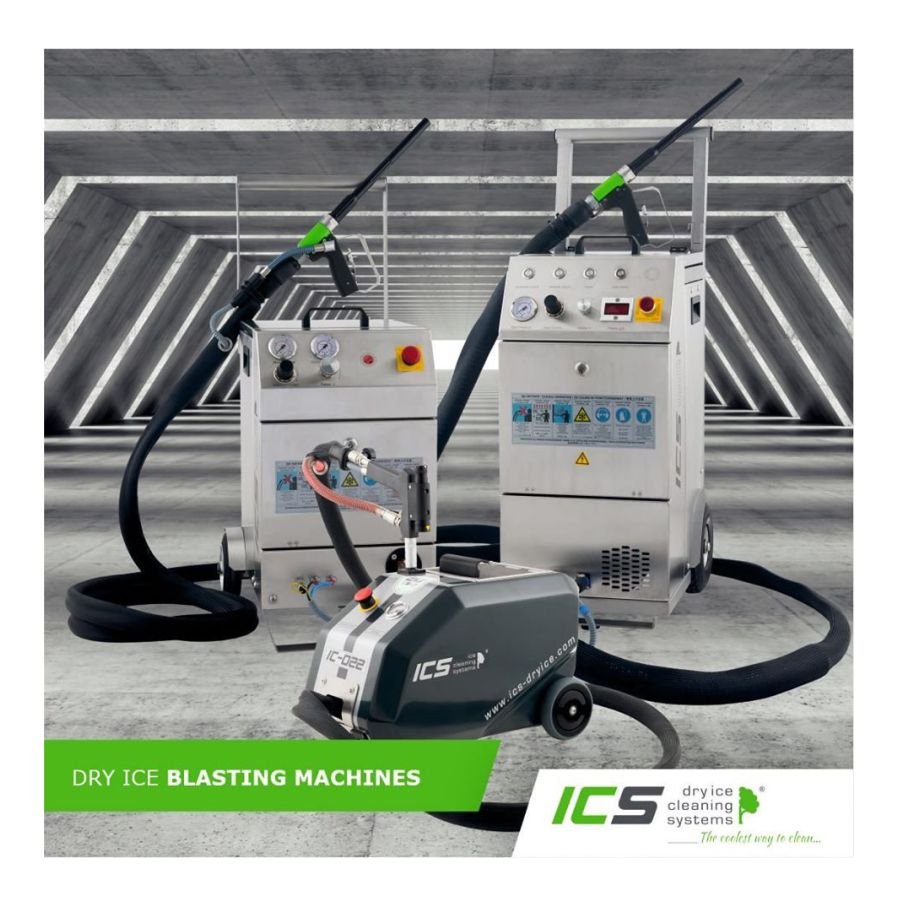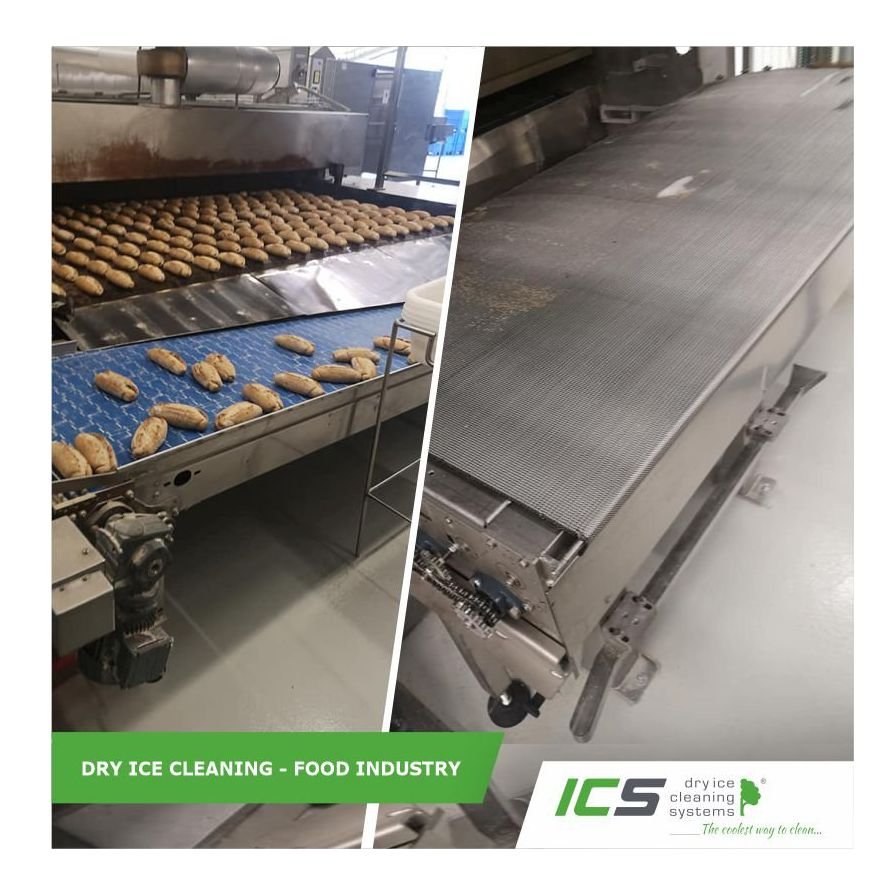 Made in Slovakia
Made in Slovakia ISO 9001
ISO 9001 Made in Slovakia
Made in Slovakia ISO 9001
ISO 9001 Production lines are the heart of every plant. Your company’s business results are based on how they perform. Contamination on production lines can affect your production schedule and whether delivery deadlines are delayed due to production failure.
Production lines are the heart of every plant. Your company’s business results are based on how they perform. Contamination on production lines can affect your production schedule and whether delivery deadlines are delayed due to production failure.
Breaches of obligations can be avoided by regularly maintaining production lines. Management may select a cleaning method for technical departments according to various factors:
→ The nature of the line being cleaned and its use in production
→ Type of surface
→ Financial return.
For example, food moulds cannot be cleaned with chemical agents, and plastic moulds cannot be cleaned with sandblasting. Cleaning metal parts with high-pressure water blasting without any anti-corrosion treatment is strictly not recommended.
Dry ice cleaning is five times faster than other methods.
Blasting with dry ice pellets of solid carbon dioxide is a widespread alternative for industrial cleaning in the facilities of various industries. It especially excels in its speed of application. Cleaned machinery does not require dismantling, only to be shut down, thereby avoiding the need to hire technicians to restart machines. Protecting electrical components is very problematic with high-pressure water cleaning.
Dry ice pellets are not electrically conductive. Machines can be easily cleaned directly in a plant only a few seconds after they have been switched off. Cleaning at operating temperatures (even above 100 °C) is not a problem. On the contrary: the higher the difference between the surface temperature and the pellets, the more effectively impurities are removed. Using dry ice reduces typical downtime to a fifth. An example maintaining moulds. Conventional cleaning requires maintenance workers to wait for moulds to cool down and move them to a maintenance area (usually after a few hours). Dry ice blasting takes up to 30 minutes on average and can be done directly on the machine.
High financial returns - together with reduced downtime make dry ice cleaning popular, especially in the automotive industry, where every second of delay means huge losses. With dry ice blasting, complicated, irregular surfaces can be quickly cleaned and equipment can re-commence production in just a few dozen minutes.
 Suitable for hospitals and the food industry
Suitable for hospitals and the food industry
According to a study by the American Food Standard Agency, dry ice blasting removes a number of pathogenic microorganisms from surfaces. These microorganisms are often a cause of salmonella and listeria. Careful maintenance of ventilation systems is critical, especially for the postoperative therapy of patients. Infection caused by hospital bacteria kills 25,000 people every year just in the European Union. It is no coincidence that the Food and Drug Administration (FDA) recommends dry ice blasting for hospitals and food businesses to maintain tools and ventilation systems.
Dry ice blasting is becoming more and more popular in plastics production and processing and the rubber industry. Dry ice replaces conventional methods using organic solvents to clean moulds, and unlike acetone, ethanol, hexane and other volatile substances, dry ice is not flammable, leaves no toxic residue and is not carcinogenic.
Dry ice pellets are made from liquid CO2, which is generated as a waste product during chemical production such as hydrogen production or phosphate compounds. The impact on the environment is reduced since carbon dioxide does not need to be produced directly by burning organic compounds. Regular cleaning with dry ice pellets can help your plant obtain ISO 14020 and ISO 14024 certification.